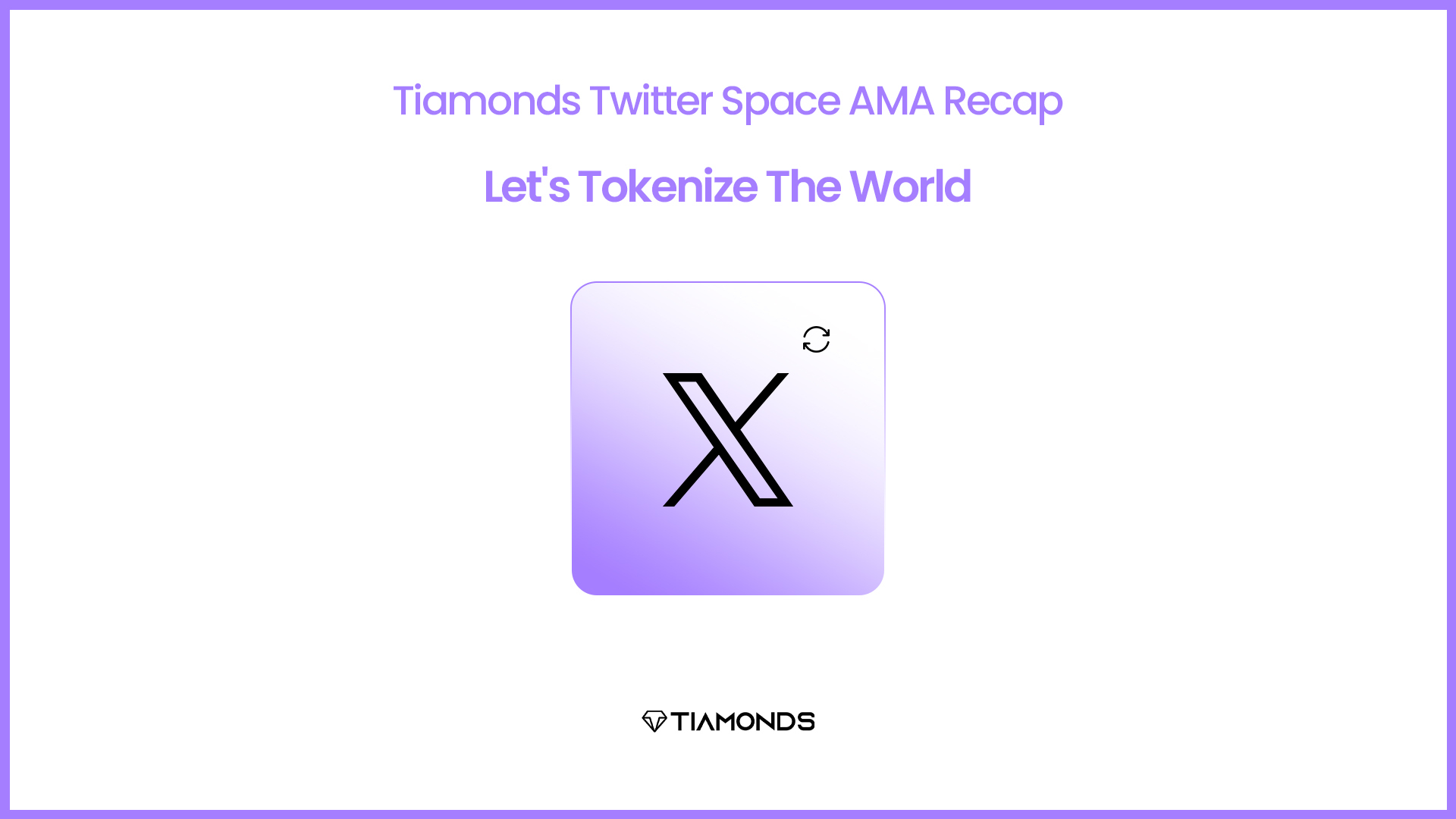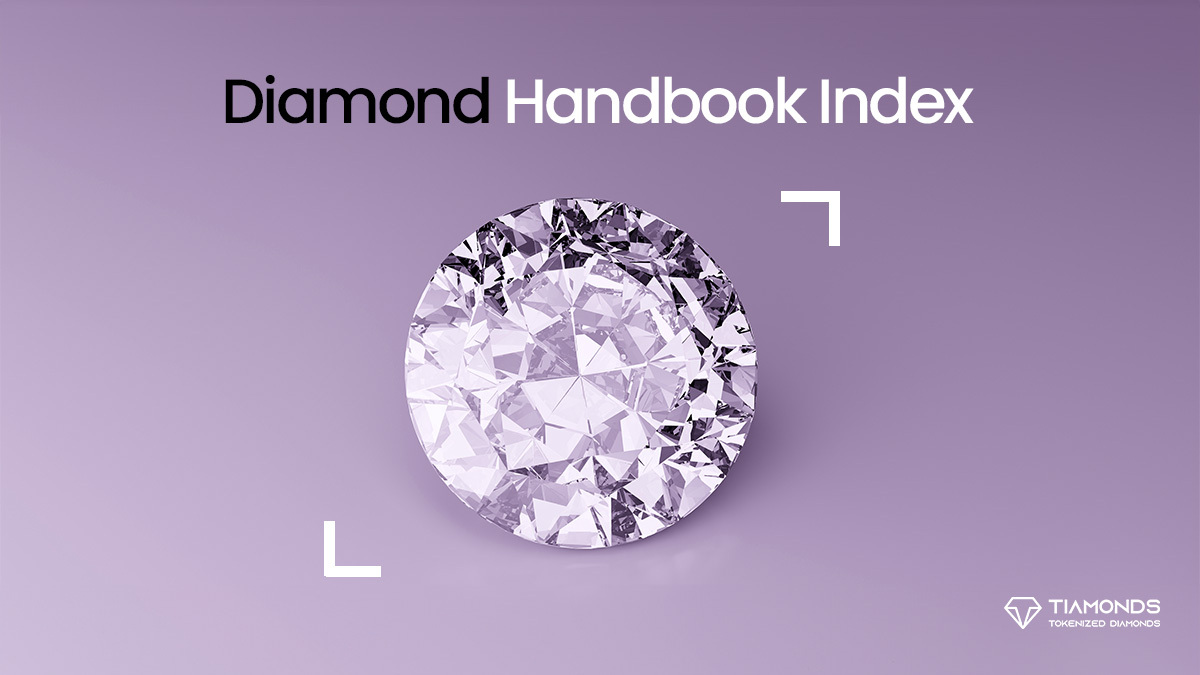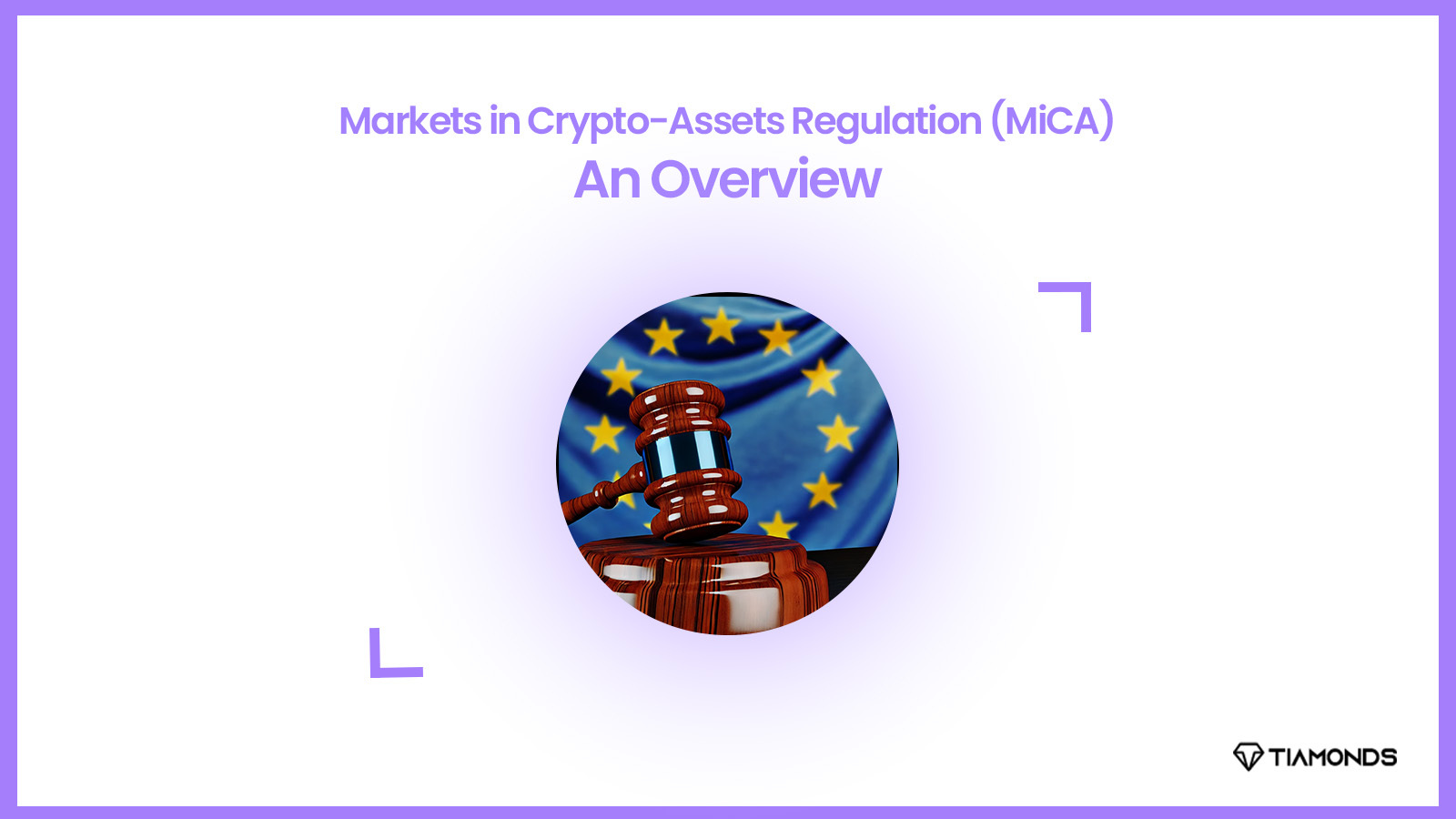Precious gems like diamonds have historically been reliable investments. The monetary value of precious stones has proven the most stable during global crises. However, the market for precious metals and gemstones faces major hurdles in the form of counterfeiting and theft. Investing in tokenized assets is growing in popularity and can address a number of these issues.
The encouragement of physical diamonds is one of the most innovative applications of blockchain technology. Tokenized diamonds are more liquid than other forms of valuable ownership because security tokens can be vulnerable to steady and worldwide trading. Tokens are also far safer than precious metals and diamonds, which are always at risk of being tangibly stolen. Tokenized diamonds and precious metals will attract more investors due to their secure preservation, outstanding liquidity, and frequent third-party audits.
Investment in Tokenized Diamonds
Not only are diamonds someone’s dearest companion, but they are also a symbol of wealth and authority. However, the industry encounters significant challenges:
- Insufficient liquidity
- Inaccurate pricing
- Unreliable control of diamonds
- Fake diamonds
How will tokenization affect the diamond industry?
Combining the two main blockchain advancements (tokens and smart contracts) with the multibillion-dollar diamond industry could result in the prosperous growth of investing in tokenized assets. The global market size for tokenization reached $2.28 billion in 2023 and is projected to grow at a CAGR of 23.4% over the forecast period. Tokenization market revenue growth can be driven by the need to remain legal and meet regulatory reporting requirements.
By enabling individuals to add tokenized diamonds to their portfolios, diamond tokenization initiatives seek to alter the current market. In addition, the aim is to establish a secondary market. Here are the stages for tokenizing a diamond:
- Assuring the diamond’s suitability: tokenization companies have varying requirements for diamond cut, clarity, color, and carat.
- The transmission of a GIA certificate number and Ethereum public key to an entity that tokenizes assets. If confirmation is received, tokenization will begin.
- Creating an ERC72 token and transmitting it to the Ethereum blockchain public key address. The stone is now associated with a diamond token.
- List a token for sale on an exchange such as OpenSea.com if you wish to sell it. The diamond itself is transferred to the new token holder upon sale, but it remains to be stored in a safe place.
- If necessary, the owner of the diamond token can cash it out for a modest fee and shipping costs.
Benefits of a Tokenized Diamond Investment
Increased Liquidity: Traditional diamond investments are typically illiquid, making it difficult to purchase or sell diamonds quickly. However, investing in tokenized assets on blockchain-based platforms increases their liquidity. Investors can trade diamond-representing digital tokens more efficiently, facilitating entry as well as exit from positions.
Portfolio diversification: Investing in tokenized diamonds enables investors to diversify their holdings. They can own fractional shares of numerous diamonds of various shapes, sizes, and qualities. This diversification helps to disperse risk and decrease asset concentration. Investors can potentially profit from market trends and shifts in demand for different varieties of diamonds.
Transparency and Security: Tokenization provides diamond investments with transparency and security. Each diamond token is unique and verifiable on the blockchain, guaranteeing the legitimacy and ownership of the underlying value. This reduces the possibility of imitation diamonds and increases investor confidence.
Access to the global market: Investing in tokenized diamonds grants investors access to the global market. Traditional diamond investments frequently necessitate tangible possession and may be restricted to particular regions. Investing in tokenized assets eliminates these restrictions and enables investors from any country to participate in the diamond market. This global reach has the potential to increase market efficiency and create additional investment opportunities.
Reduced cost and accessibility: Traditional diamond investments can be costly due to the high price of acquiring physical diamonds and the storage and insurance expenses associated with them. Investing in tokenized diamonds, however, can be more cost-effective. The fractional ownership model reduces the amount of investment capital required, and digital tokens eradicate the need for actual storage and insurance expenses. This expanded availability and decrease in price make diamond investments accessible to an increased number of investors.
Conclusion
Tokenized diamond investment provides an innovative access point to the diamond market, offering greater flexibility, diversification opportunities, and accountability. Investing in tokenized assets might democratize diamond investments, making them easier to access for a wider spectrum of investors. Purchasing and selling tokenized diamonds is now simpler than ever before. The tokenization of diamonds addresses multiple problems simultaneously. In addition, the assets are safeguarded and handled in a completely secure environment.




